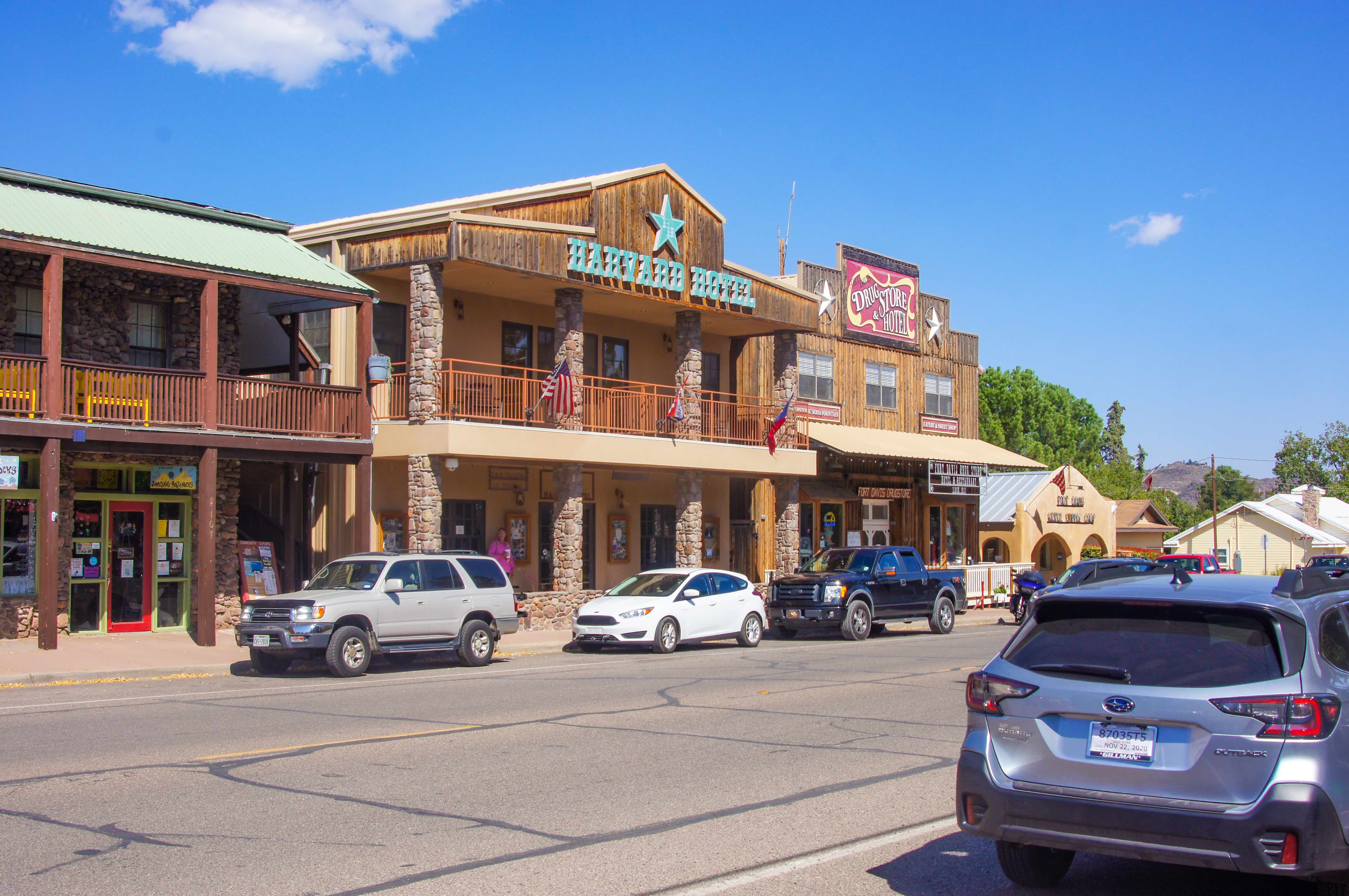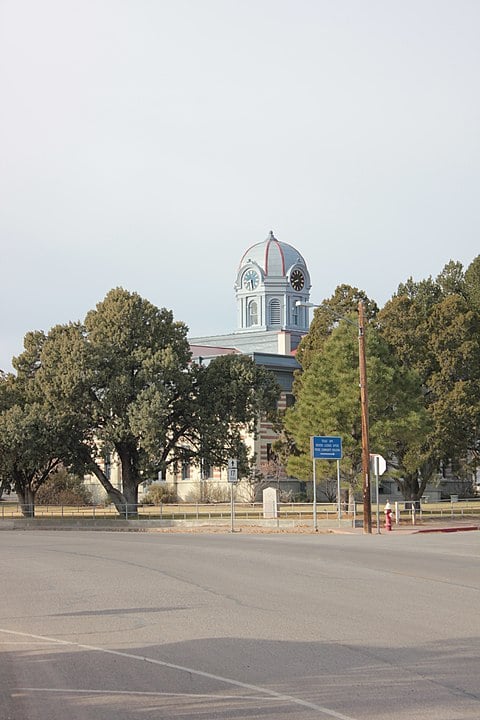Fort Davis

Downtown Fort Davis

Fort Davis, Texas
Fort Davis, the county seat of Jeff Davis County, is on Limpia Creek at the intersection of State highways 17 and 118, eighty miles northeast of Presidio and 175 miles southeast of El Paso in south central Jeff Davis County. The precursor of the town was a rough-and-tumble settlement known as Chihuahua, which formed just southwest of the military post of Fort Davis after it was established in 1854. The fort was on the site of an earlier Indian village, which the earliest Anglo-American explorers of the area called Painted Comanche Camp. When Henry Skillman contracted to carry the mail from San Antonio to El Paso in 1850, a stage stand was established near the site of the future town. E. P. Webster, a native of Illinois, and Diedrick Dutchover, a Belgian immigrant who had fought in the Mexican War, rode with W. A. (Big Foot) Wallace to escort the first mail coach to the site, by way of Fort Concho. Webster remained in Limpia Canyon as the first master of the stage station there and may have been the first White settler in the area. Dutchover rode as a guard for two more years before settling at Fort Davis. During the Civil War, when Confederate troops withdrew from the fort, they left Dutchover, who had maintained strict neutrality while establishing a small sheep ranch near the post, in charge. Almost immediately the Apache chief Nicolás attacked the settlement. Dutchover, a Mexican woman with two children, and four Americans hid on the roof for three days while the Apaches looted the fort. On the third night Dutchover and all the others, except one of the Americans, who had fallen ill, slipped out and began the long trek to Presidio, eighty miles away. One day later the stage arrived to find a ravaged fort and the American dead on the roof, apparently of natural causes. Dutchover and the others staggered into Presidio four days later. The Belgian later returned to Fort Davis and was employed as a hauling contractor.
After 1867, when troops of the Ninth United States Cavalry reoccupied the fort, the town of Fort Davis became "the most important town in the Trans-Pecos country," by virtue of its position at the crossroads of two important trails and its status as a base for travelers and hunters. A. J. Buckoz was given permission to serve as post trader in 1867, although he was unceremoniously replaced four years later. Other settlers who came with the return of the troops included storekeeper Dan Murphy, butcher Sam R. Miller, and baker Whitaker Keesey, who later became the most influential merchant in Fort Davis. Sgt. Charles Mulhern, a native of County Donegal, Ireland, arrived in the late 1870s and eventually acquired a substantial amount of land in the area; he and Gen. Benjamin Grierson, who retired to Fort Davis in 1890, were the only military men who became important local landowners. In the 1880s Fort Davis became a ranching center, as ambitious cattlemen poured into the Trans-Pecos, many of them seeking to escape the Texas fever epidemic raging in other parts of the state.
Martin Donell Kohout | © TSHA

Adapted from the official Handbook of Texas, a state encyclopedia developed by Texas State Historical Association (TSHA). It is an authoritative source of trusted historical records.

- ✅ Adoption Status:
- This place is available for adoption! Available for adoption!
- Adopted by:
- Your name goes here
- Dedication Message:
- Your message goes here
Belongs to
Fort Davis is part of or belongs to the following places:
Currently Exists
Yes
Place type
Fort Davis is classified as a Town
Associated Names
- (Chihuahua)
- (El Alamo de San Juan)
- (Limpia Cañon)
- (Painted Comanche Camp)
Location
Latitude: 30.58821110Longitude: -103.89462530
Has Post Office
Yes
Is Incorporated
No
Population Count, 2021 View more »
1,012

